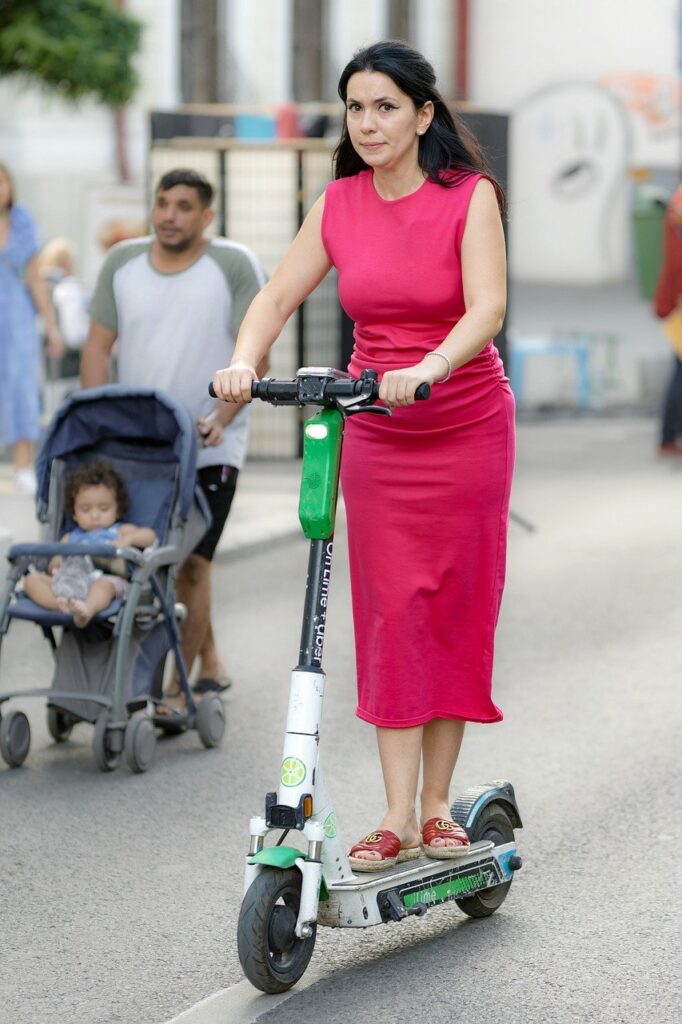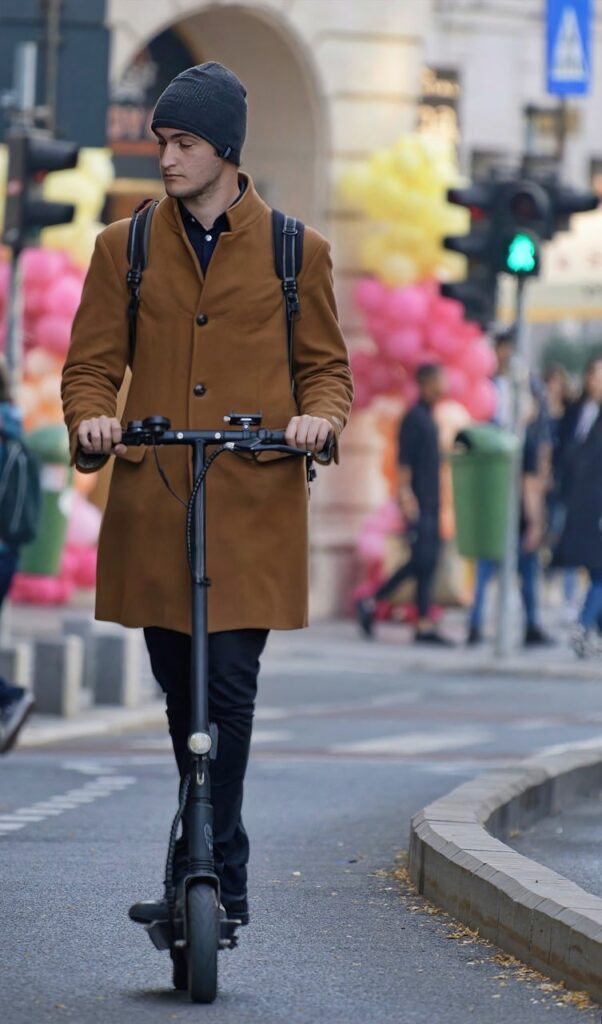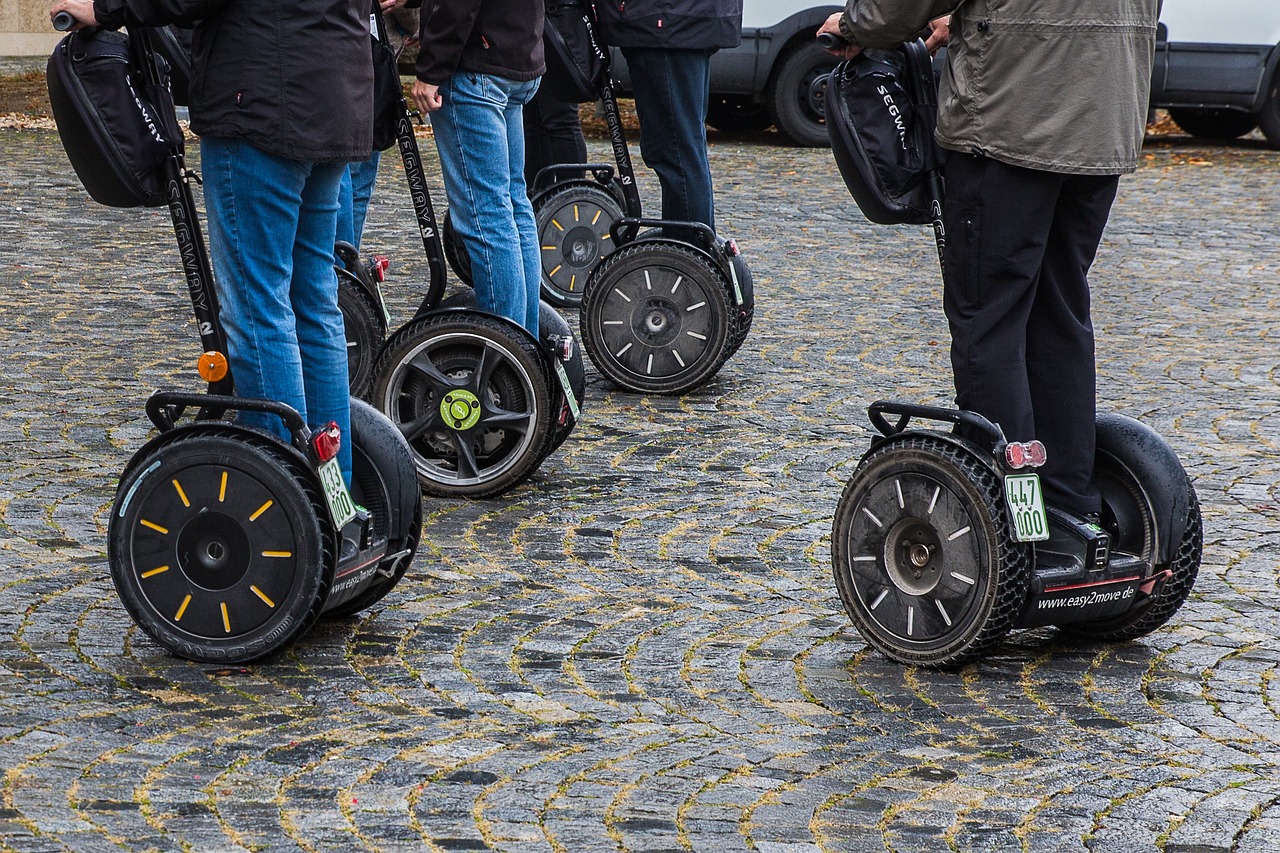In today’s urban setting, electric scooters and micromobility services are driving a transformative shift in mobility. These compact options, including scooters and bicycles, provide people with a convenient, eco-friendly, and efficient way to navigate busy city streets. With their rising popularity, they bring along risks like accidents, theft, and vandalism. These challenges affect both operators and riders. This highlights the crucial role of insurance for electric scooters and micro-mobility services.

What is micro-mobility insurance?
Micro-mobility insurance is a special kind of insurance made just for small vehicles like electric scooters and bicycles. It helps out in a few important ways:
Liability insurance: Imagine you accidentally bump into someone while riding your electric scooter, and they get hurt or their things break. Liability insurance steps in to help with the money needed to deal with the problems and pay for any legal stuff that might come up.
Collision insurance: Sometimes accidents happen, and your electric scooter might get damaged. Collision insurance is like a helper that pays for the fixing or replacing of your scooter so you can get back on the road.
Comprehensive insurance:
Comprehensive insurance steps in if someone takes your scooter without permission (that’s stealing!) or if vandals damage it. This coverage assists in paying for repairs or getting a replacement scooter.
In essence, micro-mobility insurance acts as a safety blanket for your small wheels, ensuring protection in case of unexpected incidents while you’re riding your scooter or bike around.
Why do you need micromobility insurance?
Why should you get micro-mobility insurance? Well, even though electric scooters and tiny vehicles may not go super fast, accidents can still happen, and they can be serious. Some places say you have to wear helmets, but not everyone does, so if you get hurt in an accident, you might have to pay for it, even if it’s not your fault.
Micro-mobility insurance steps in to help with the money part. It makes sure you’re not stuck with big bills if something goes wrong while you’re scooting around. It’s like a safety shield that gives you peace of mind, knowing you’re covered if things don’t go as planned.
How to get micro-mobility insurance
Rental Company Insurance
Some electric scooter rental companies offer insurance coverage as part of their service package. When you rent a scooter from such companies, you may automatically receive a basic level of coverage that typically includes liability protection.
It’s important to inquire about the details of this coverage, as it can vary between rental providers. Some rental companies may offer optional upgrades for more comprehensive protection, which could include coverage for damage to the scooter itself or coverage for theft.
Purchasing Your Own Insurance
If you own your electric scooter or prefer more extensive coverage, you may need to purchase insurance independently. Many insurance providers offer micro-mobility insurance policies designed specifically for electric scooters, e-bikes, and other small vehicles. These policies can be tailored to your needs and include a range of coverage options, such as liability, collision, and comprehensive coverage.
Third-Party Insurance Providers
Beyond the rental company and standard insurance providers, there are specialized third-party insurance providers that focus exclusively on micro-mobility coverage. These providers may offer policies that cater to the unique risks associated with electric scooters and micro-mobility services. It’s essential to explore the offerings from various providers to find the policy that best fits your requirements and budget.

Comparing Coverage and Rates
When you’re in the market for micro-mobility insurance, it’s vital to do some comparison shopping. Compare the coverage options, deductibles, and rates offered by different providers. Pay attention to the specific risks covered, as some policies may exclude certain types of accidents or incidents. By thoroughly assessing your options, you can select a policy that aligns with your needs and provides adequate protection.
Vehicle-Specific Coverage
Micro-mobility insurance policies should align with the type of vehicle you’re riding. Electric scooters, e-bikes, and regular bicycles may have different insurance requirements and options. Ensure that the policy you choose is tailored to your specific micro-mobility vehicle to avoid potential coverage gaps.
In summary, obtaining micro-mobility insurance involves assessing your options, whether through the rental company, standard insurance providers, or specialized micro-mobility insurance providers. It’s crucial to carefully review the coverage details and costs to make an informed decision that ensures you’re adequately protected while enjoying the convenience and freedom of micro-mobility transportation.
Tips for riders
Helmet Safety: Always put on a helmet before hopping on your electric scooter. Helmets significantly reduce the risk of head injuries in accidents.
Follow the Rules: Obey traffic laws and regulations just like you would if you were driving a car. Stop at stop signs, obey traffic lights, and yield the right of way as needed.
Stay alert: Keep an eye out for what’s happening around you. Look out for cars, pedestrians, and fellow cyclists. Being aware of your surroundings can help you avoid accidents.
Insurance Protection: Consider getting micromobility insurance. It can provide financial support in case of accidents, helping you with medical bills or scooter repair costs.
Tips for service providers:
Safety Gear: Offer riders access to safety gear like helmets. Some providers include helmets with their rentals or offer them for purchase, promoting rider safety.
Education: Train riders on how to safely use electric scooters. This includes proper riding techniques, how to brake, and what to do in case of emergencies.
Insurance Coverage: Service providers should consider liability insurance. This coverage can protect against legal claims and lawsuits from injured riders or pedestrians who may hold the company responsible for accidents.
Safety Regulations: Collaborate with local governments to create and enforce safety regulations for micro-mobility vehicles. This can help establish clear guidelines for riders and providers, making the micromobility experience safer and more organized.
By following these tips, both riders and service providers contribute to the overall safety and enjoyment of micro-mobility as a convenient urban transportation option.
Conclusion
Micro-mobility services are becoming increasingly popular, offering a convenient and environmentally friendly way to get around cities. However, as with any mode of transportation, there is always the risk of accidents and injuries. This is why it is important for riders and service providers to have adequate insurance coverage.
Micro-mobility insurance can provide coverage for a variety of risks, including liability, collision, and comprehensive coverage. It can help protect riders from the financial consequences of an accident and give them peace of mind knowing that they are covered in case something goes wrong.
There are a few different ways to get micromobility insurance. Some e-scooter rental companies offer their own insurance coverage, while others require riders to purchase their own insurance. You can also purchase micromobility insurance from a third-party insurance provider.
When choosing a micro-mobility insurance policy, it is important to compare the coverage options and rates from different providers. You should also make sure that the policy covers the specific type of micro-mobility vehicle you ride.
To help protect themselves and their electric scooters, riders should always wear a helmet when riding, obey all traffic laws and regulations, and be aware of their surroundings. Service providers can also take steps to protect themselves and their riders by providing riders with helmets and other safety gear, training riders on how to safely use their electric scooters, purchasing liability insurance, and working with local governments to develop and implement safety regulations for micromobility vehicles.
By taking these steps, riders and service providers can help to ensure that micro-mobility is a safe and enjoyable way to get around cities.
